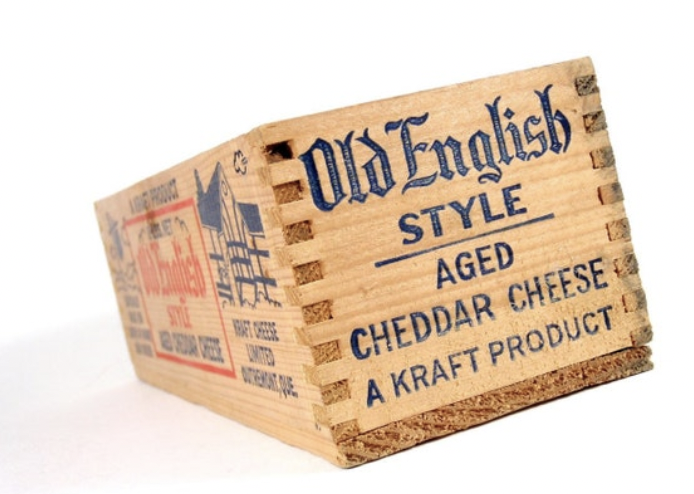
There are some products that persist on grocery shelves, in spite of being delightful anachronisms. Such is the case of Kraft Old English, the cheese spread. It is now made by KraftHeinz, though not always easy to find in supermarkets, and expensive if ordered from Amazon.
The brand Kraft, over the decades, has lost much of its direct connection to actual farms or cheeses. But it was once an actual farmer-owned cooperative. One of the extensions of the brand, as it grew, was to create shelf-stable products that could utilize its dairy operations and distribution in new ways. The ultimate was to have products that would keep on the shelves. Enter Kraft Cheese Spreads.
Originally, and in correct early 20th century formal dining, the cheese course was served after the meal, as it is still done in some households, and in Europe. That makes enormous sense, as you eat the well-prepared dinner first, and then move on through the evening with a more casual approach. The inverted cocktails first narrative, so aptly seen in a Downton Abbey episode, came when help became expensive.
But back to the Kraft Cheese Spread.

Original flavors included Olive-Pimento, Pineapple, Cheese-and-bacon, Limburger, Roka and Smokelle. All of these were marketed to moms with kids, as children wanted snacks after school. A sister product was the goopy Cheez Whiz, circa 1952. Later technology put the cheese in an aerosol can, for the ultimate sensory snack experience, Kraft Easy Cheese.
What a Crock
While a much earlier idea, spreadable cheese in a glass package gained particular popularity after World War II, when suburban cocktails became the thing. Other jarred competitors included Wispride, which sold a refrigerated wine version of a port-style cheddar spread. While from Wisconsin (hence Wispride), Wispride felt “international” in that it came in a fancy crock, so that you could actually put the jar out in the living room. Take that, modern “charcuterie” boards!
1950s cheese spreads were a precursor to actual fresh international cheeses, which arrived in American grocery stores after the advent of cheap jet containerization. True international cheese, with its fancy wrappers and un-homogenized overseas taste, ultimately would win out. Kraft Old English became outre. At some point, even the gothic font disappeared from the jar. But the product survived, simply because it was practical, and a useful ingredient in other dishes, such as mac and cheese. Plus, certain WASP households were and are unafraid to serve it.
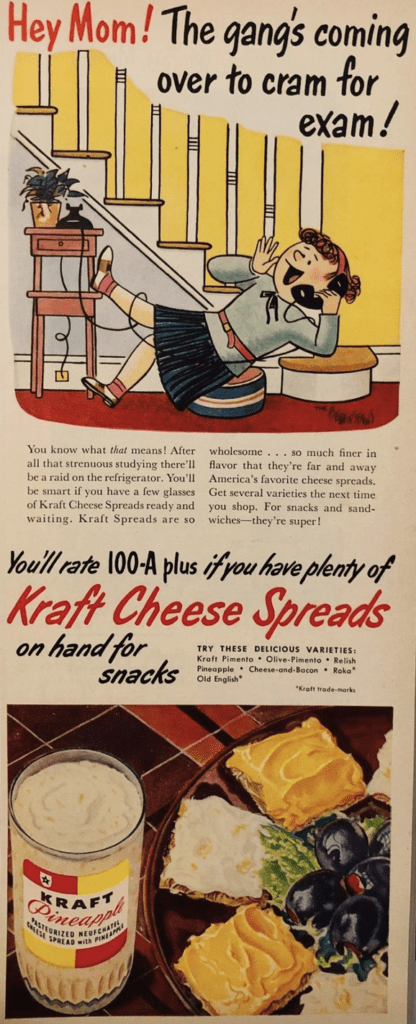
Kraft was once king of the American grocery dairy case, but they have lost their place. One mistake was that some of today’s Kraft products were once General Foods products. This confuses the consumer to no end. General Foods was well loved, with its familiar brands like Jell-O, Stove Top, Dream Whip, Oscar Meyer, Postum and the like. Today, Stove Top appears with a Kraft logo, and while there are plenty of Kraft items in grocery dairy cases, they no longer own the real estate in the chiller.
The idea of “old English” still has some marketing power. The furniture polish “Old English” and “Old London” Melba toast still carry brand mystique.
Kraft Old English Cheese Spread has plenty of life. It can survive as an essential pantry ingredient (aka Campbell’s Cream of Mushroom soup), as well as an emergency cocktail party ingredient, if hummus gets to be a bore.
It also has a role in places like Florida, where hurricanes arrive, and in prepper and Mormon households, where being ready for any externality means having a variety of foods around.

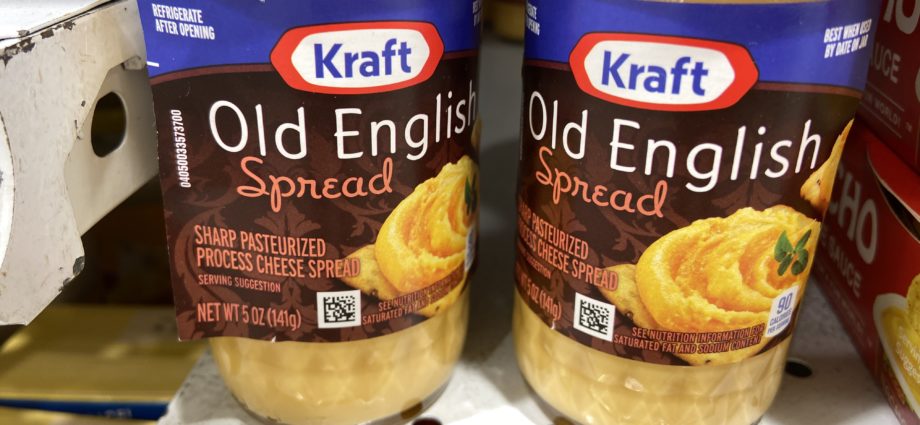


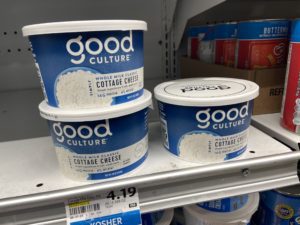
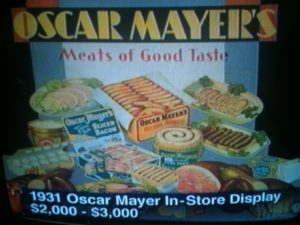
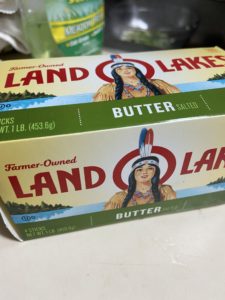


But what happened to Kraft Old English cheese slices? I used to put those on sandwiches. I don’t think they make them anymore. They used to be sold next to regular Kraft American Cheese slices.